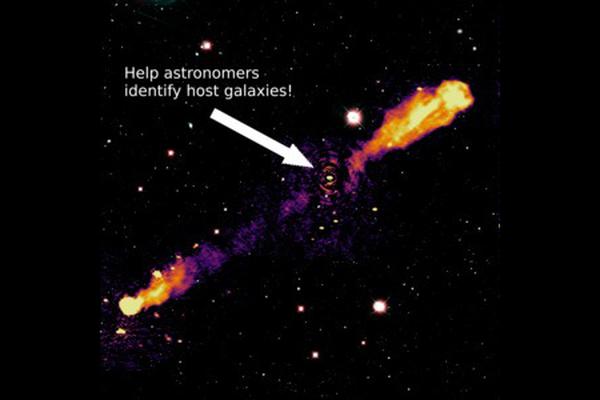Radio Galaxy Zoo: LOFAR
"The LOFAR project offers us an unprecedented view of what our skies look like at radio wavelengths. Never before have we been able to map such a large part of the radio sky at such high sensitivity. This allows scientists all over the world to answer many questions on the evolution of galaxies and the supermassive black holes that they harbour. In order to prepare this new data for effective research, we first need to make an inventory of everything that we are seeing. The first data-set produced by the LOFAR survey contains about 350 thousand different sources, and the second data-set will contain more than four million. This means that scientists need to process an extremely large amount of data (the equivalent of about 10 million DVDs). Much of this can be done automatically using sophisticated algorithms. But to date, we have yet to develop an algorithm that is better at identifying shapes than our very own human eyes. The most complex (and therefore interesting) objects still need to be identified by people. Because of the sheer amount of sources that need to be classified, it is not realistic for scientists to do this all on their own. That is where you and the team of Zooniverse volunteers come in! Will you help astronomers sort through this fascinating, state of the art radio data? Who knows, maybe you’ll be the one to discover something new..."
Aim
Help astronomers locate and identify supermassive black holes and starforming galaxies!
Needed equipment
computer
Created April 7, 2020, 10:28 a.m.
Updated April 7, 2020, 10:28 a.m.
